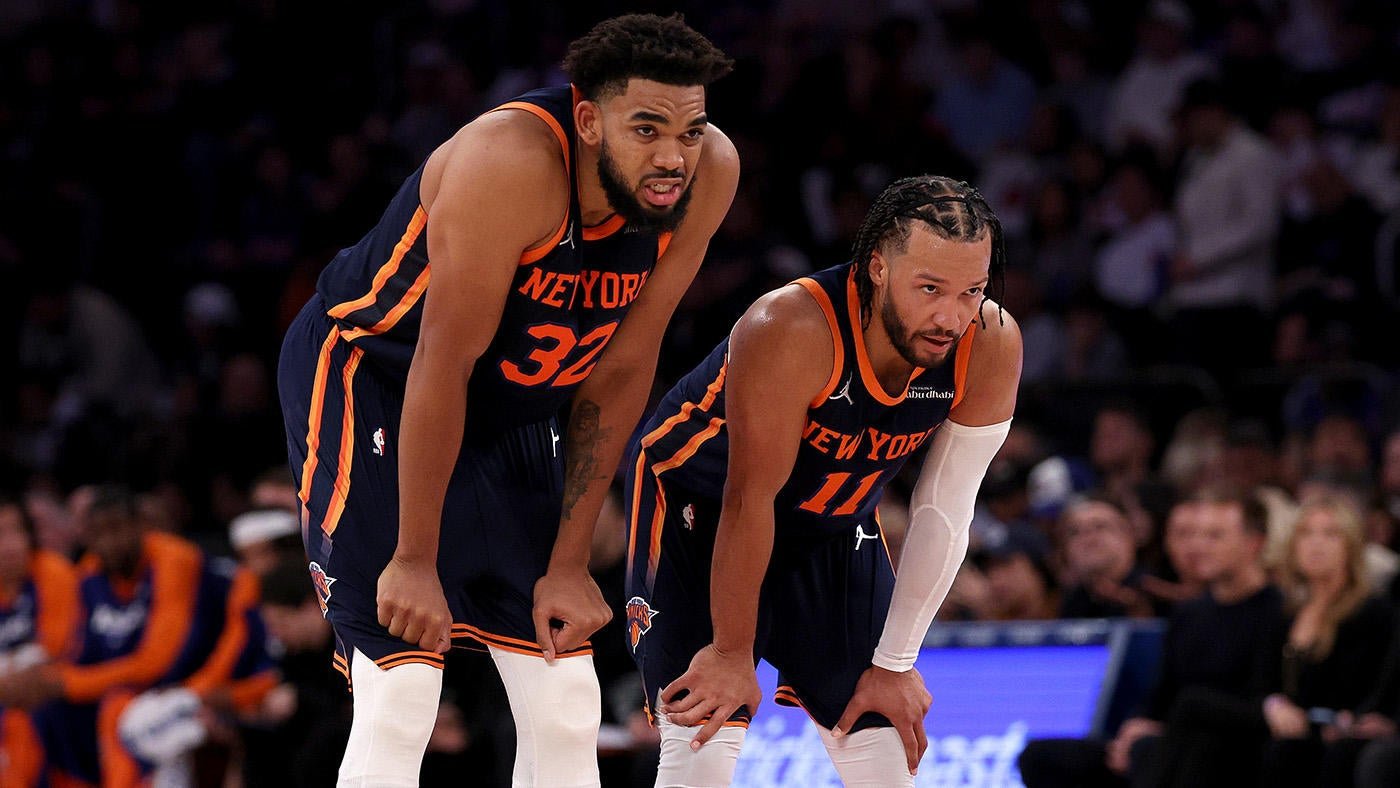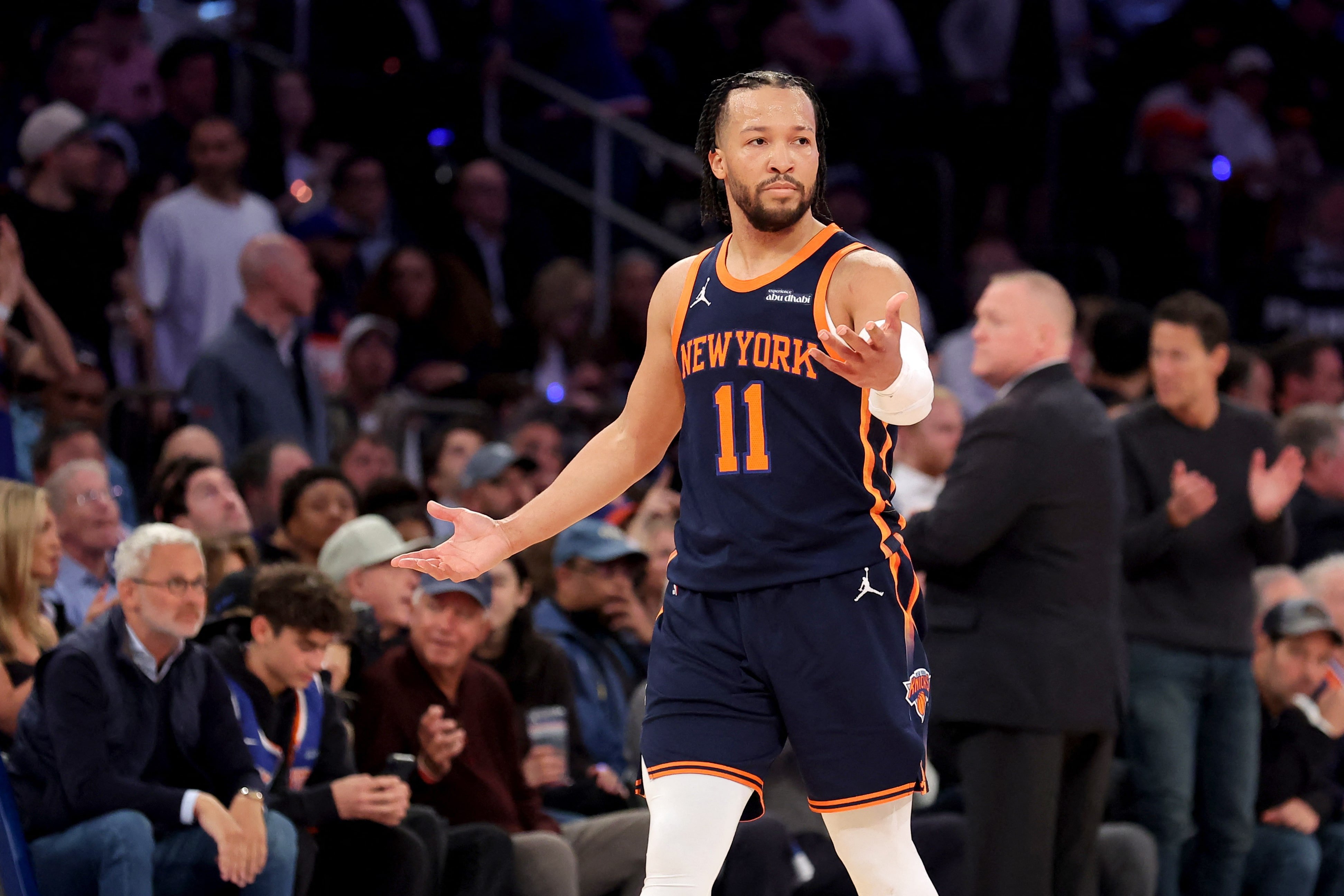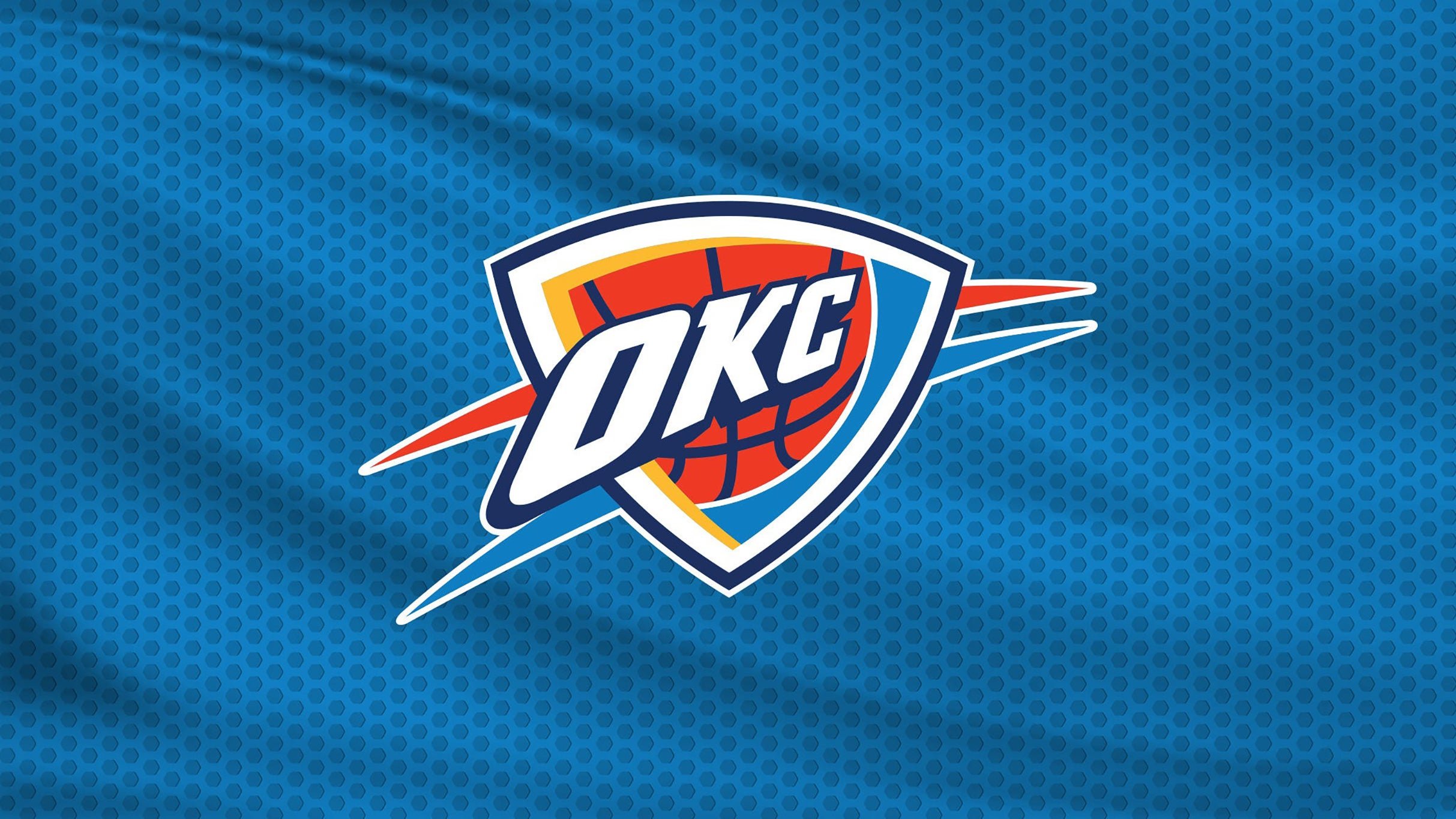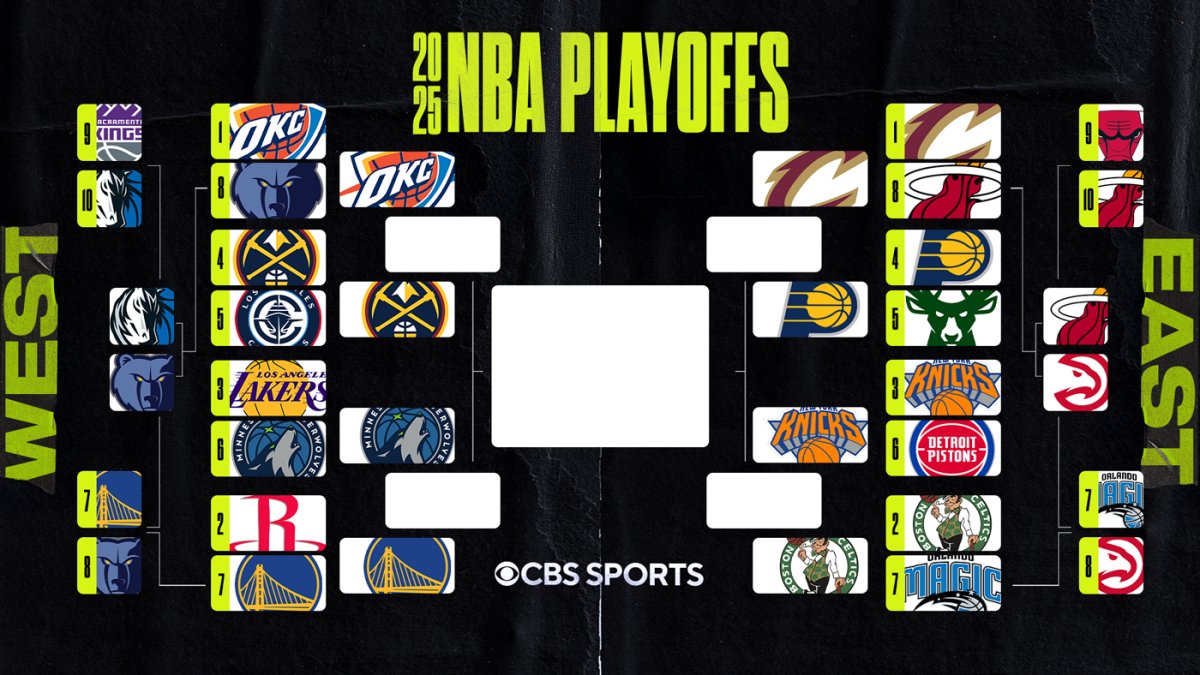Jalen Brunson has taken the NBA by storm, especially during the 2025 playoffs. With the New York Knicks fighting for every win, Brunson has emerged as the league’s most reliable fourth-quarter scorer. His remarkable performances have generated headlines, turning the 6-foot-1 guard into a household name for fans everywhere. Brunson is averaging nearly 11 points in fourth quarters and is shooting better than 50% from the field during clutch playoff moments. With attention at an all-time high, basketball observers are eager to know how Brunson is managing to dominate in crunch time against the league’s toughest defenders and brightest lights.
Jalen Brunson’s Meteoric Rise in the NBA Playoffs
Brunson’s rise began to draw national attention during the 2025 NBA playoffs. The Knicks guard has led all postseason players in fourth-quarter points, piling up 86 through the opening rounds, which is nearly double the closest rival. It’s not just quantity, but quality – Brunson is converting tough shots at crucial moments with high efficiency. He has outpaced stars like Jamal Murray and Anthony Edwards, nearly carrying New York’s offense in late-game situations.
In back-to-back wins over the Boston Celtics to open the second round, Brunson dropped clutch baskets from every spot on the floor. His performances set the tone for a Knicks squad that consistently finds themselves in close games. Past doubts about his ability to be a team’s “1A” player in the playoffs have melted away. Not only is Brunson succeeding, he is redefining what a point guard of his stature can do on basketball’s biggest stage.
Statistically, Brunson’s fourth-quarter stats are among the best, with an average of 10.8 points per 4th on outstanding shooting percentages. Many fans are taking note, especially as the undersized guard is often facing bigger, longer defenders who traditionally dominate late-game scenarios. His playoff surge is the story of the postseason so far.
What stands out is how consistently he delivers in clutch moments. There is a calm and decisiveness to his game that few players ever achieve. As the playoffs progress, each game seems to add a new highlight to his already impressive postseason reel.
Elite Shot-Making in Critical Moments
One of the biggest factors in Brunson’s late-game dominance is his shot-making ability. He is equally comfortable creating off the dribble or knocking down shots off the catch. This season, he ranked among the league leaders in catch-and-shoot 3-point percentage, converting over 40% even under heavy pressure. When it matters most, Brunson has delivered multiple game-changing threes, some coming right after offensive rebounds or intricate team plays.
Brunson’s ability as a three-level scorer makes him hard to defend. He can drain movement threes, pull up for mid-range jumpers, get all the way to the rim, or force defenders to foul him in critical moments. Coaches often design late-game sets with him as the primary option, trusting his ability to bail them out with difficult shots. It’s not just raw skill – Brunson’s decisiveness in choosing when and how to attack is a difference maker for the Knicks.
Even when defenders force him into tough positions, Brunson’s quick release and high shot quality ensures he’s a real threat until the final whistle. This reputation has forced opposing teams to send extra help in clutch situations, stretching defenses and creating more space for his teammates. It’s no wonder his scoring outbursts are causing defenses fits all postseason.
Every elite scorer has a few signature moments each playoff, and for Brunson, those moments have almost become routine – step-back threes, contested jumpers, and fearless finishes against elite rim protectors.
Mastering Pace and Patience
Brunson’s patience is a defining trait of his offensive approach. Rather than hurrying his moves, he keeps defenders off balance by playing at his own speed. The modern term is “pace,” but for Brunson, it means methodically reading defenders and waiting for the right angle rather than trying to out-speed or out-jump his opponent. This patience is especially visible during fourth quarters with games on the line.
He rarely gets rattled, even in the highest pressure situations. In isolation plays or when initiating pick-and-rolls, Brunson is known for his ability to slow down, use subtle fakes and hesitations, and only attack when he creates a true advantage. Many young guards struggle with defensive pressure in the playoffs, but Brunson’s calm control sets him apart.
Defenders can’t force him to rush or break his rhythm. He is just as likely to use a hesitation dribble or a well-timed crossover as he is to simply stop and wait for a help defender to commit before exploiting a gap. This approach lets him read and react rather than predetermine his actions, creating higher quality scoring chances for both himself and his teammates.
The effect is obvious in his late-game effectiveness. When crowds are loud and pressure mounts, players often speed up. Brunson’s slow, measured pace lets him stay in control and make smart choices down the stretch – one reason he is trusted so much with the ball late in games.
Footwork Inspired by Post Players
Brunson’s footwork is exceptional and sets him apart from most modern guards. Unlike many of his peers, much of his precision comes from studying post players. He has brought elements of big-man footwork – like pivots, step-throughs, and pump fakes – into his game as a guard. This fusion gives him creative options in the paint, especially against taller defenders who expect to rely on their reach.
He’ll frequently transition a hard drive into a mini post-up, using strong pivots and exceptional balance to maintain his position against bigger players. This technique allows him to turn defenders quickly and find clean looks within crowded areas. Brunson’s footwork doesn’t break down under pressure; in fact, it seems to get sharper as games grow more intense.
Studying players from previous eras, especially those known for their post play, Brunson’s arsenal includes step-throughs and shot-fakes that keep defenders guessing. When he picks up his dribble, he does not lose his advantage. Instead, he can pivot patiently until he finds a window to shoot or pass. It’s a big part of why he finishes so well around the basket despite being undersized for his position.
This throwback style adds another wrinkle that defenders must prepare for, but most still end up a step behind as he weaves through traffic with confidence built on fundamentals taught to big men decades ago.
Strength and Craft in Creating Contact
Although Brunson does not possess elite speed or leaping ability, he is one of the strongest guards in the league. His thicker build, especially in his lower body, gives him a sturdy base that keeps him on balance and hard to knock off course. On offense, he uses this strength not just to absorb contact but to initiate it, securing driving angles that lead to high-quality shots or fouls.
Brunson is skilled at using his body as a shield. When attacking the rim, he often gets defenders leaning with a subtle bump, then finishes calmly with either hand. This approach allows him to get to the free-throw line, giving the Knicks easy points under pressure. Drawing fouls is a learned skill, and Brunson has mastered how to “bait” defenders into making contact at just the right moment. It frustrates opponents but pays dividends in the playoffs when every possession counts.
This persistent physicality doesn’t just help him score – it wears down defenders over the course of a game. They have to fight for every inch, and eventually, that effort shows late in games when quickness alone can’t get the job done. His ability to handle, absorb, and even use contact to his advantage is something you notice when he’s facing off against the league’s most athletic linebackers and wings.
Also Read
Oklahoma City Thunder’s Relentless Defense Powers Historic Season
These are keys to why Brunson is so productive as a scorer and why he’s often shooting free throws while others are settling for contested jumpers late in games.
Unmatched Balance Under Pressure
Balance is arguably Brunson’s greatest on-court skill. His body control enables him to take and make shots that most guards wouldn’t attempt, let alone convert. Even when he’s fading, twisting, or finishing through contact, his center of gravity remains steady thanks to his lower-body strength and disciplined footwork.
Almost every quality shot he creates is rooted in his steadiness. Defenders frequently force him off his spot, but Brunson stays composed and squares up quickly. This ability allows him to remain a threat from mid-range and finish over bigger players who expect to bother his release.
Late in games, when defenders are more aggressive and contact increases, most players’ shooting percentages tumble. For Brunson, the numbers hold up because he can adjust in mid-air or through traffic without losing his focus or release point. He is particularly deadly with runners, fadeaways, and hesitation jumpers, all of which require extreme balance.
Also Read
NBA Playoff Player Props and Best Bets for Friday, May 9: Top Picks for Indiana vs Cleveland and Nuggets vs Thunder
One of his signature plays in the playoffs came against Jrue Holiday, when Brunson calmly hit a back-foot dagger jumper with the game on the line. Again and again, he demonstrates that staying upright and steady – no matter what defenders throw his way – wins playoff games.
Creating Separation Against Elite Defenders
Separation is crucial for Brunson because of his smaller stature. When defenders are bigger and longer, he has to generate enough space to get off clean looks. Brunson often uses a sudden deceleration on his final step – slamming on the brakes mid-drive – to make defenders overcommit or lose footing. Then, with quick footwork and a change of direction, he’s able to pull up for open jumpers.
One of the playoffs’ biggest moments happened when Brunson faced off against Ausar Thompson. Using a long left-leg stride, he planted hard, reversed direction with a sharp crossover, and made Thompson lose ground. The result was a clean look and a clutch basket with time winding down.
These sorts of moves come from endless practice and a natural feel for defender positioning. Brunson doesn’t waste motion. Everything is calculated to maximize the separation he needs to get the shot he wants. His ability to beat his man one-on-one, even against defensive specialists, is a huge asset down the stretch.
Also Read
Heisman Trophy Hopefuls for Every Top 25 Team Ahead of the 2025 College Football Season
Because he is so dependable in isolation, teams are often forced to double, giving even more options to the Knicks in tight games. His confidence in these moments never wavers, which is a big part of why the Knicks keep giving him the ball in key situations.
Finishing at the Rim Without Athleticism
Brunson’s rim finishing stands out all the more because he’s never dunked in an NBA game. Conventional wisdom says smaller players need above-the-rim athleticism to score inside, but Brunson has shown a different path. He uses a sophisticated layup package built on touch, timing, and leverage.
Much of this comes back to earlier points – balance, footwork, and strength. By using either hand, any angle, and both feet efficiently, he finds space to get his shot up even when rim protectors are lurking. His ability to shield defenders with his body and finish with soft touch means his layups rarely get blocked even against elite shot-blockers.
He also excels at using one-foot takeoffs or unorthodox releases to throw shot blockers off their rhythm. This unpredictability, combined with an ability to read defender timing, nets Brunson a high percentage on shots most guards aren’t willing to attempt late in games. The numbers reflect this creativity – he finishes over 60% of his attempts at the rim, an impressive rate for a player his size.
Also Read
Cavaliers vs Pacers Game 3 Odds, Prediction, and Key Storylines as Cleveland Looks to Recover
Exceptional Ball Security and Passing Vision
Ball security is one of the pillars of Brunson’s game. He has increased his assist numbers every year, most recently averaging over 7 per game during the regular season, all while keeping turnovers well below the league average for high-usage guards. He is one of just three players to maintain such a high offensive volume with so few mistakes.
The Knicks trust him to set up their offense, especially in clutch situations. Brunson’s passes are rarely flashy, but they are almost always on target and on time. He reads defenders as well as any guard in the league, using his eyes to divert attention before hitting an open teammate. This manipulation helps create more open shots for others even when defenses are keyed to stop him from scoring.
His ability to balance scoring and playmaking is rare. When defenses blitz him, he calmly finds the right pass, keeping possessions alive and maximizing shot quality for the Knicks down the stretch. This consistency is why his teammates and coaches put so much faith in his decision-making, especially when every possession is critical.
Minimizing turnovers under playoff pressure also means fewer easy run-out opportunities for opponents. In tight games, this ball control can be the difference between a win and a loss.
Also Read
2025 PGA Championship Predictions, Odds, and Computer Model Picks for Scheffler, McIlroy, and More
Pick-and-Roll Execution at the Highest Level
Brunson is a pick-and-roll savant. Nearly 40% of his possessions stem from running the pick-and-roll, and the Knicks generate points at an elite rate from these actions. He reads coverages in real time, manipulating defenders into disadvantages whether they try to trap, switch, or drop back.
In the 2025 playoffs, Brunson’s mastery of the pick-and-roll stood out in big games against Boston. He forced switches and mismatches at key moments, exploiting whatever advantage came his way. Sometimes he’d pocket-pass to a rolling big. Other times, he’d break down the new defender with a crossover before knocking down a jumper. Few point guards can disrupt defensive schemes so thoroughly in critical moments.
His pick-and-roll play also creates opportunities for his teammates, whether it’s an open three after help defenders collapse or a lob to a rolling center. Opposing coaches have been forced to adjust their strategies just to contain him, but so far in this postseason, none have found a consistent answer.
This efficiency in pick-and-roll settings has been a cornerstone of the Knicks’ late-game offense and a significant reason behind their playoff run.
Also Read
Knicks vs Celtics 2025 Playoff Series: Schedule, Odds, Scores, and Key Storylines
Intangibles: Work Ethic, Leadership, and Mental Toughness
The last and perhaps most important trait fueling Brunson’s ascension is his intangibles. His work ethic has been praised by coaches and teammates alike. Brunson’s relentless focus during workouts and film sessions rubs off on the entire roster. Even in his postgame interviews, he emphasizes the importance of putting in hard work – what he describes as the underlying reason behind his success.
Leadership is another area where Brunson excels. In huddles and locker rooms, he is often the voice keeping teammates calm and focused no matter what adversity the team faces. During tense playoff stretches, senior players and coaches point to Brunson’s calm energy as the reason the team doesn’t wilt under pressure.
Mental strength is crucial for any great clutch player. Brunson’s steely expression on the court reflects the mindset young players are taught to emulate. Regardless of the situation, he doesn’t get too high or too low. As he said himself:
No matter how big, strong, fast, or talented, it’s all about your hard work, the things you put into the game.
These intangibles – consistency, leadership, and ability to shine in high-pressure moments – are what separate regular season standouts from playoff legends. Brunson’s growth in these areas is just as important as his skills, making him the NBA’s best clutch scorer this postseason.








